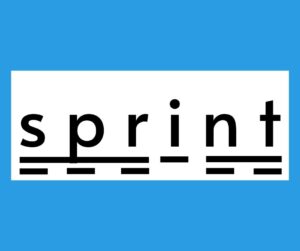Blends
Beginning r and l blends can be the most difficult sounds to produce in our language.
Here are some tips to remember when working with r and l blends:
- Remember that blends still make 2 or 3 sounds. Fingertaps do not always equal the number of sounds. IMSE gives blends one tap to help with coarticulation. Think about your articulators for the /t/ sound in tip. Now think about your articulators for the /t/ sound in truck. If students need to tap out each sound, they can tap each sound of the blend with the same finger. For example, in the word truck, students could tap twice (/t/ /r/) with the pinky (or thumb). Then build up to giving it one tap.
- Remember that r does not say /er/. Therefore br- would not say /ber/. The mouth should be closed and lips slightly parted. To help, start to state a word like “brush” and cut yourself off before the vowel.
- Remember that l does not say /luh/. Therefore, bl- would not say /bluh/. It’s also not a word (bull). Your tongue should end behind your teeth. Again, start to state a word like “blue” and cut yourself off before the vowel. If you continue to struggle with this, hold out the /l/ sound. This is better than adding a vowel.
- Remember that the beginning l blends do not have the same sounds as the consonant -le sounds (bl vs. ble). Consonant le adds a syllable. The ‘l’ is creating a vowel sound in words like table. Bl- does not have a vowel sound and therefore, does not create an additional syllable.
- When preparing a dictation page for words with blends, remember to include the “mini grapheme lines” underneath each larger sound line where there is a blend to indicate that you still hear two sounds (or three as in blends like spr-).
- When you have a digraph blend, be sure to include a wavy sound line and a mini grapheme line to indicate both (shr-/thr-/-nch).
Finally, always begin with a phonemic awareness warm-up before having students write these words. Ask students: How many sounds do you hear in sprint? (6) Use tokens to push up each sound: /s/ /p/ /r/ /i/ /n/ /t/. Then take a look at the dictation page. There would be 3 lines. The first line would have 3 mini sound lines under it (indicating that I still hear 3 sounds). The last line would have 2 mini sound lines under (indicating that I still hear 2 sounds). Students would give it 3 fingertaps (or they can tap each sound in the blend with the same finger) since we combine the first and last blends into one tap each.

